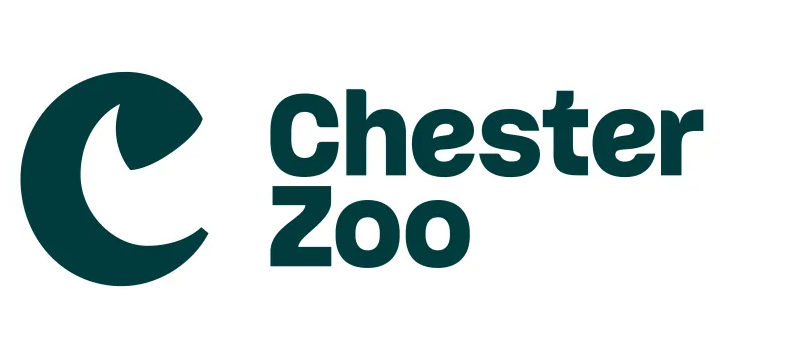King Penguins in Zoos: Relating Breeding Success to Husbandry Practices
DOI:
https://doi.org/10.19227/jzar.v4i2.163Abstract
As global climate change warms the Southern Ocean, wild king penguins (Aptenodytes patagonicus) possibly face drastic population declines in the future. Moreover, the captive breeding program in Europe is currently unsustainable and it is thus imperative to determine what is required for successfully breeding king penguins. A questionnaire was used to assess the husbandry practices and breeding success of 12 American and European zoos. Overall, a positive relationship was found between yearly egg productivity and density of king penguins held in enclosures in different zoos. All zoos examined showed male-biased adult sex ratios and yearly egg productivity was found to be negatively related to the deviation from an even sex ratio. Mean hatching success was greater in zoos performing outside walks with king penguins than in those that did not. Based on records over 40 years, the population of the sustainably breeding Basel Zoo in Switzerland was modelled using stage-based matrix models to get insight into its breeding success. Years of medium colony size (density of 0.25 to 0.38 individuals per m2) displayed a larger growth rate than years with high or low colony size and years with equal sex ratios showed a higher growth rate than those with male-biased or female-biased sex ratios. The results suggest zoological institutions should focus on increasing density and striving toward equal sex ratios within king penguin populations to maximize breeding success. Where possible, adding outside walks should also be taken into consideration.
Published
How to Cite
Issue
Section
License
JZAR fulfils the DOAJ definition of open access and provides free and open access to the full text of all content without delay under a Creative Commons licence. The copyright holder of JZAR publications grants usage rights to third parties, allowing for immediate free access to the work and permitting any user to read, download, copy, distribute, print, search, or link to the full texts of articles.







